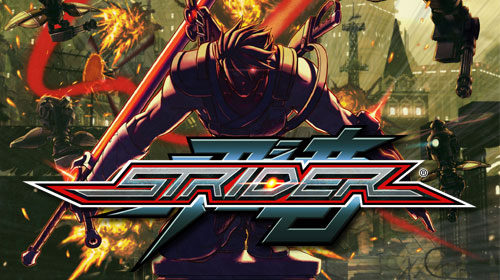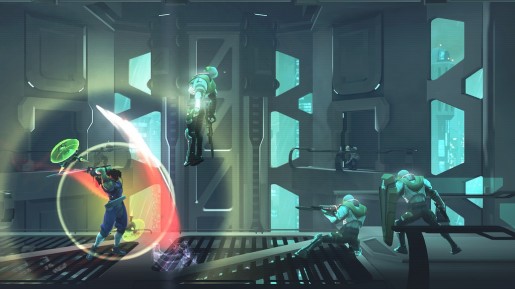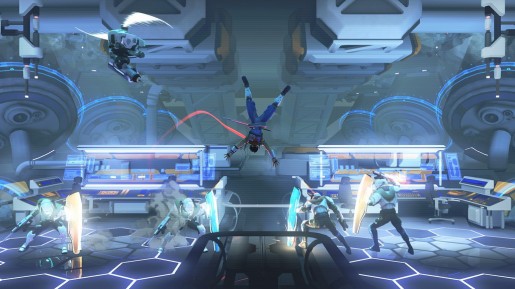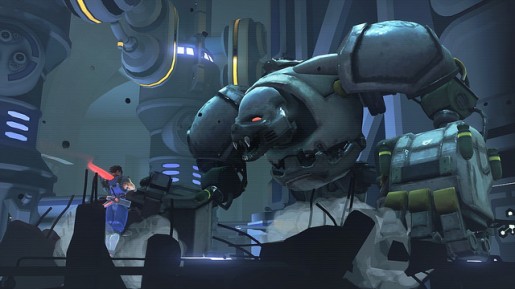The Strider series debuted back in 1989 for Capcom as an arcade game in both Japan and the US. While working on the arcade game, Capcom also worked on a release for the NES, which only ever saw a release in the US. Right after that, a European developer made a sequel to the game known as Strider II, but Capcom chose to dismiss this game. Almost a decade later in 1999, they released Strider 2 in the arcade, with a home release for the PlayStation a year later.
After a 10 year wait for a true sequel to Strider, we’ve been waiting even longer this time around with a 15 year layoff in the series. Luckily, Double Helix Studios and Capcom Osaka have teamed up to bring Strider back to life across a number of platforms, including next-generation consoles.
Like most side-scrollers, the Strider series was always built around multiple different levels, which brought a sense of variety to the gameplay. However, the new Strider takes a completely different approach and instead provides an open world for you to explore in Kazakh City. This provides you with what what many call a Metroidvania style layout. Throughout the game, you will receive multiple upgrades that will allow you to explore further, but you always have the option to backtrack and complete your map or find tons of collectibles that are spread all around the game. This is a pretty cool concept for the series and fits quite well with the fast-paced action, as you are always on the move. This also allows for pretty much no loading screens, except before boss battles.
The downside to this open world decision is that the environments do get old very quickly. When you first start the game, the dark setting found in this metropolis is very atmospheric, but after awhile, most areas of the city begin to blur together. It would have been nice to have seen more variety in the different areas of the city. We do get a little change in the game when we are near the end on the Balrog, but it is hard to tell the rest of the locations apart from one another. While it wouldn’t have fit in at all in this game, I do have to admit I missed seeing a dinosaurs stage, like in the past games.
The original Strider was prided on its fast moving and intense action gameplay as you moved through each stage and the new title carries that torch extremely well. Strider Hiryu himself almost glides across the screen, albeit with no run button, but you still feel like you have almost total control over the ninja. Strider has an ever growing arsenal of moves at your fingertips throughout the game, but at the start, the controls are pretty basic and quite easy to learn. You can leap at a wall and grab on to move up, down, left, or right to reach new locations throughout Kazakh City. The only time that the controls were at all troublesome was in close quarters, when trying to navigate between grabbing edges and falling down gaps.
Throughout the game, Strider always has his trusty Cypher at his side, which is a plasma-generating blade that you will use to dispose of a number of enemies. As you advance through the story of the game, you will come across many different bosses that will provide you with upgrades upon defeat. Some of these boosts include new abilities such as a very useful double jump and the addition of kunais to your weaponry, while others upgrade your Cypher itself. There is the much needed ability to charge your Cypher attacks, as well as plasma infused changes that make it the “Reflective Cypher,” “Explosive Cypher,” “Cold Cypher,” or “Magnetic Cypher.”





